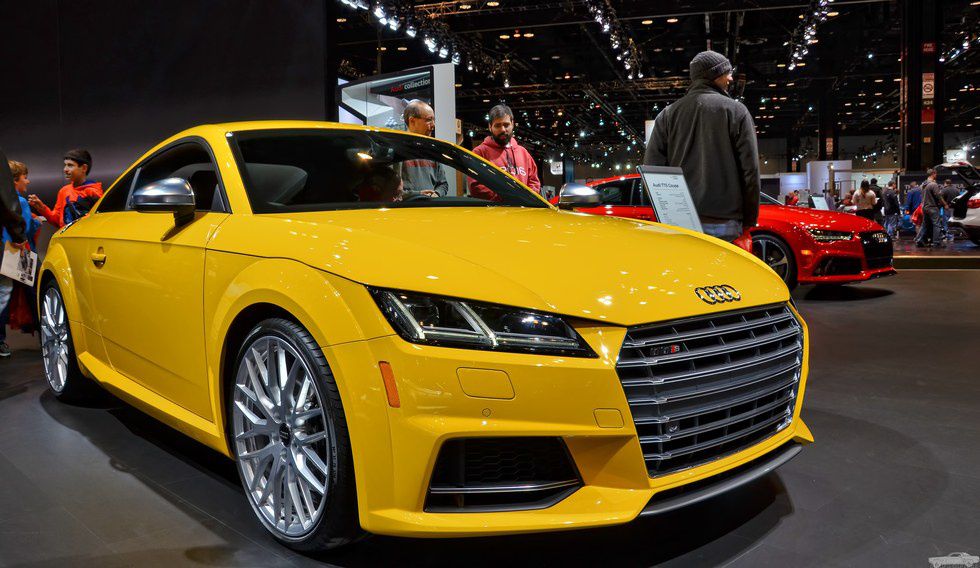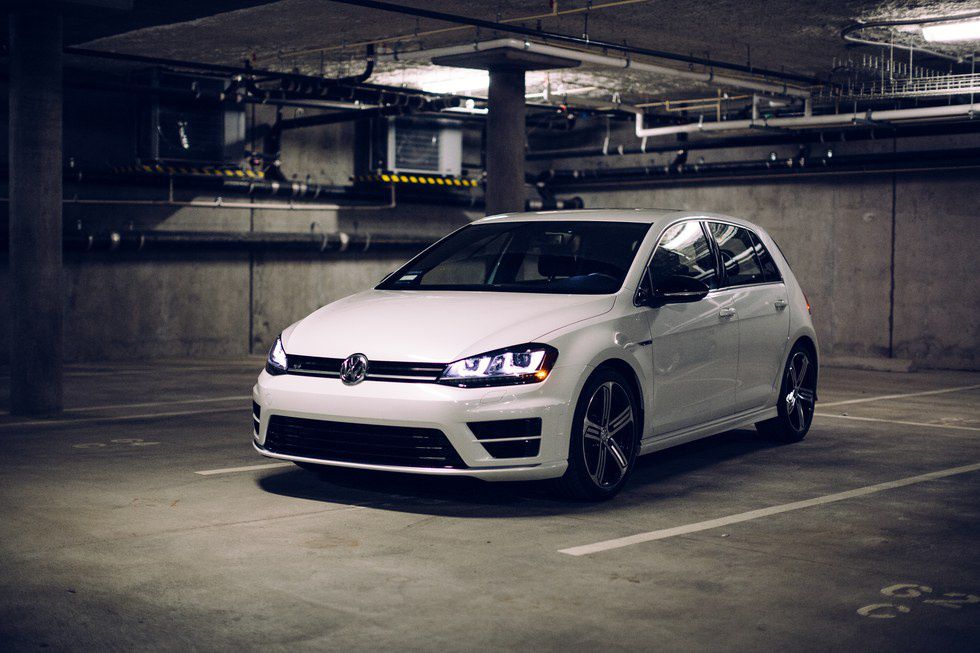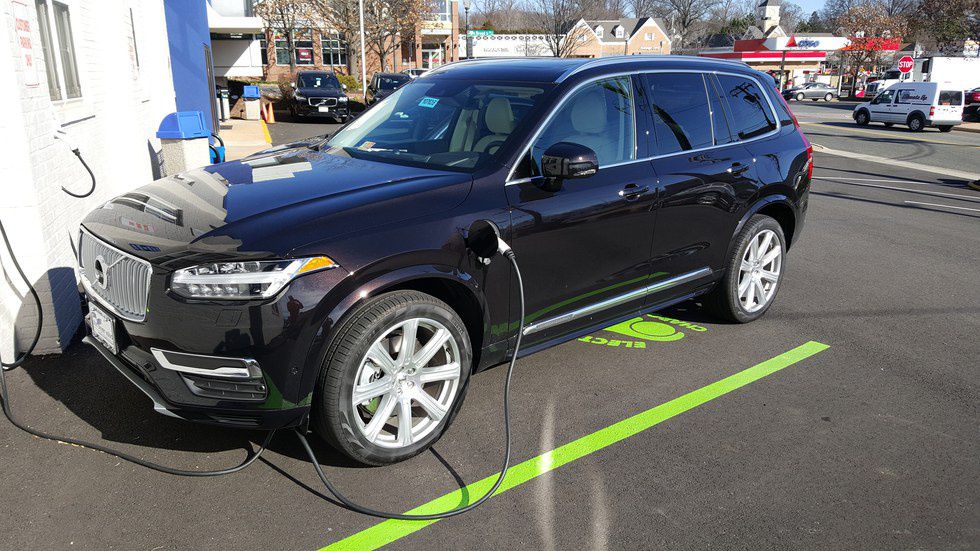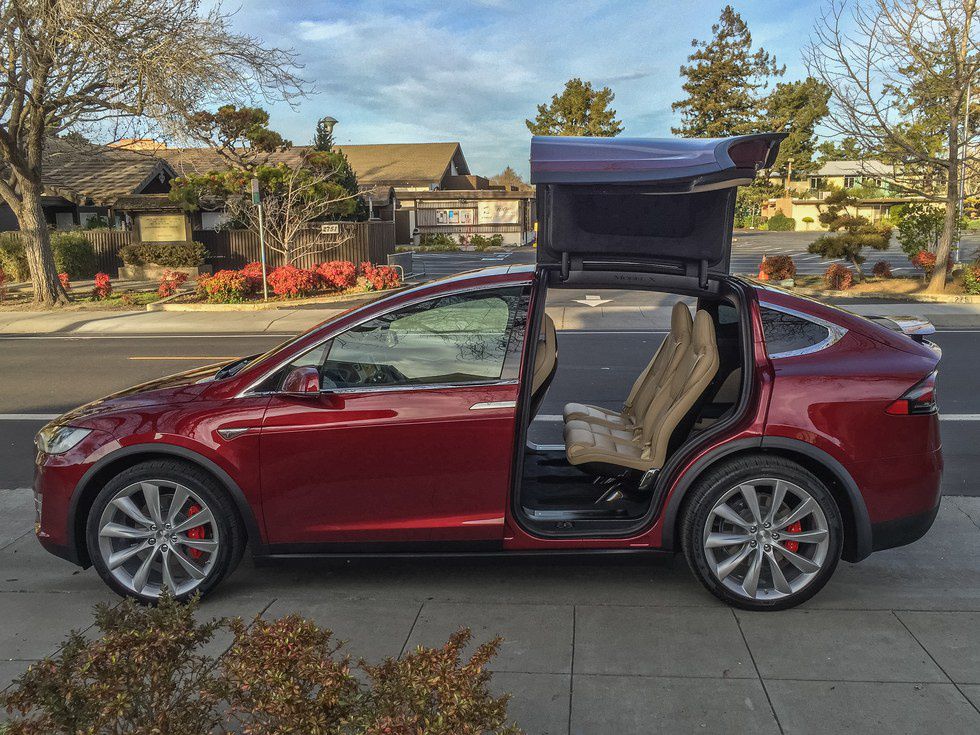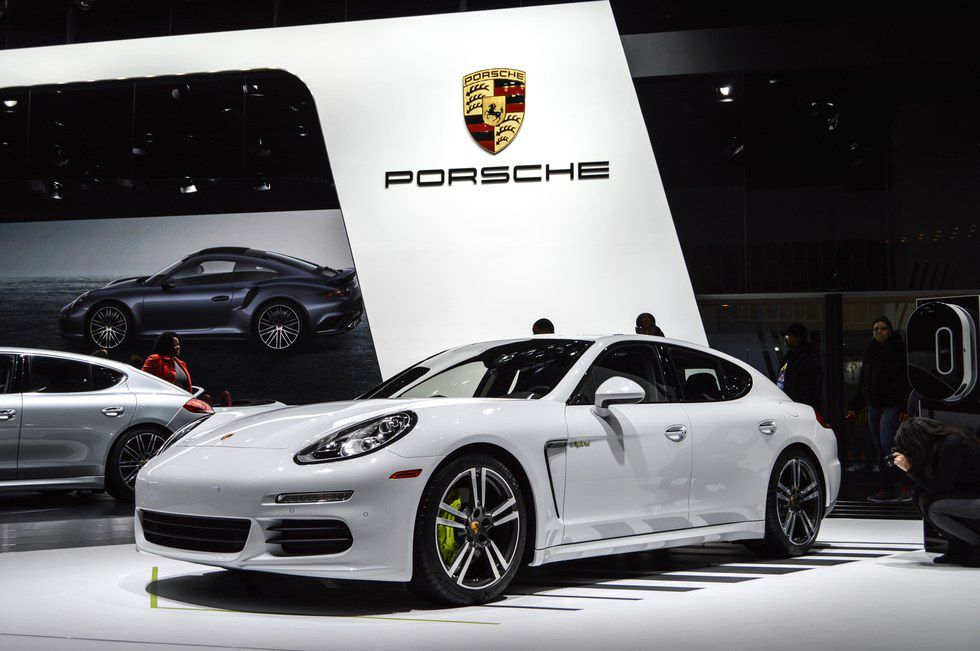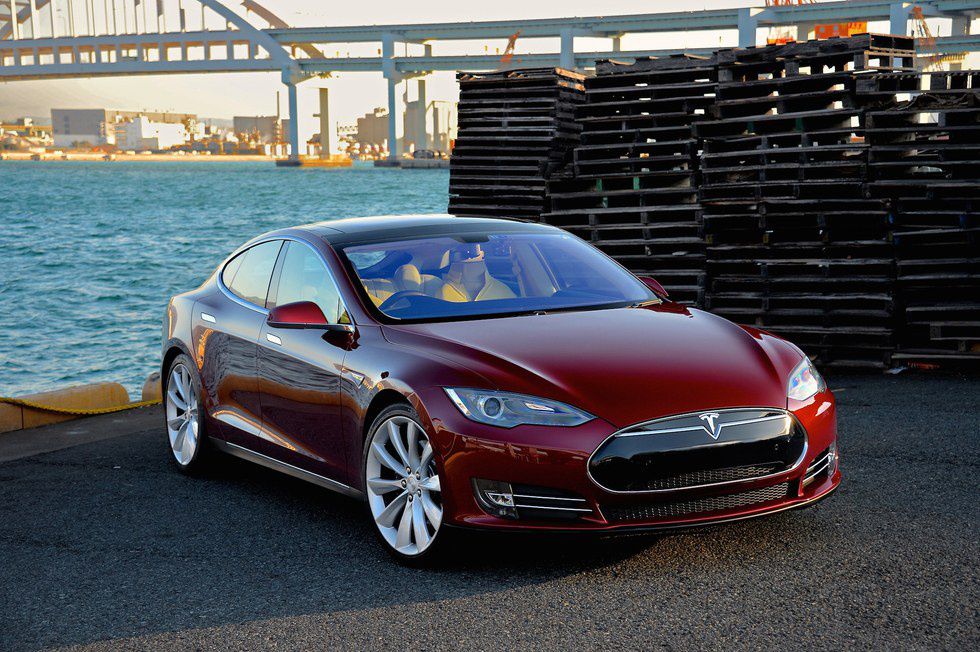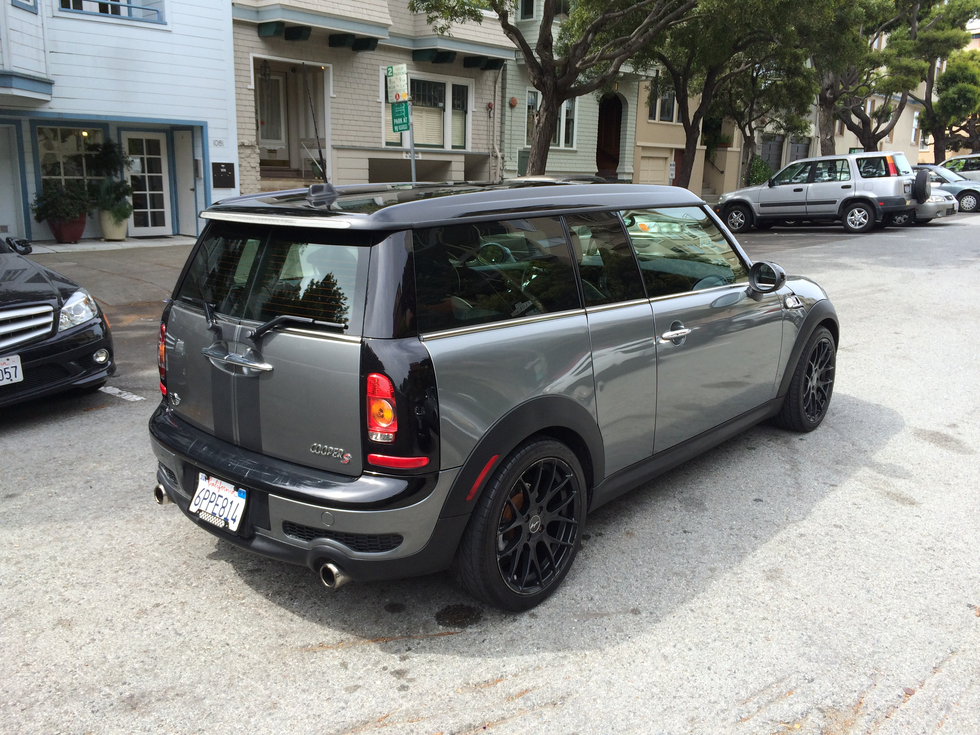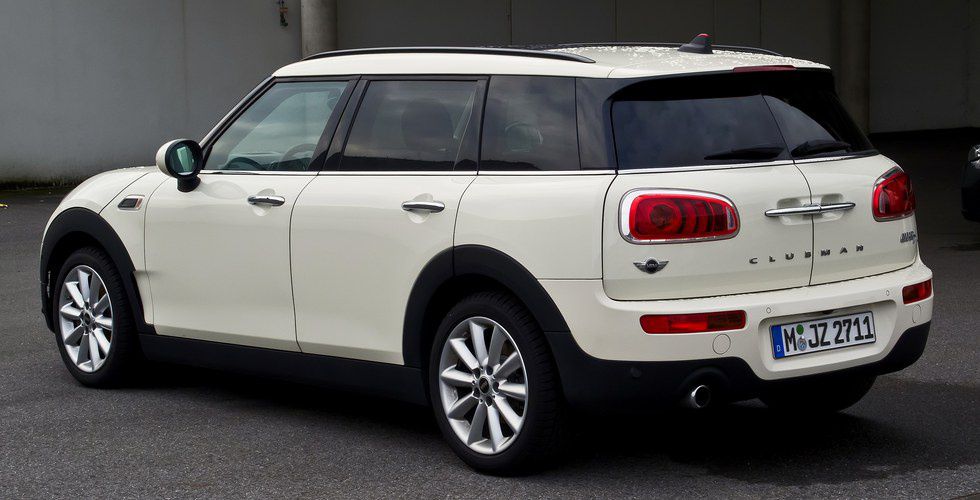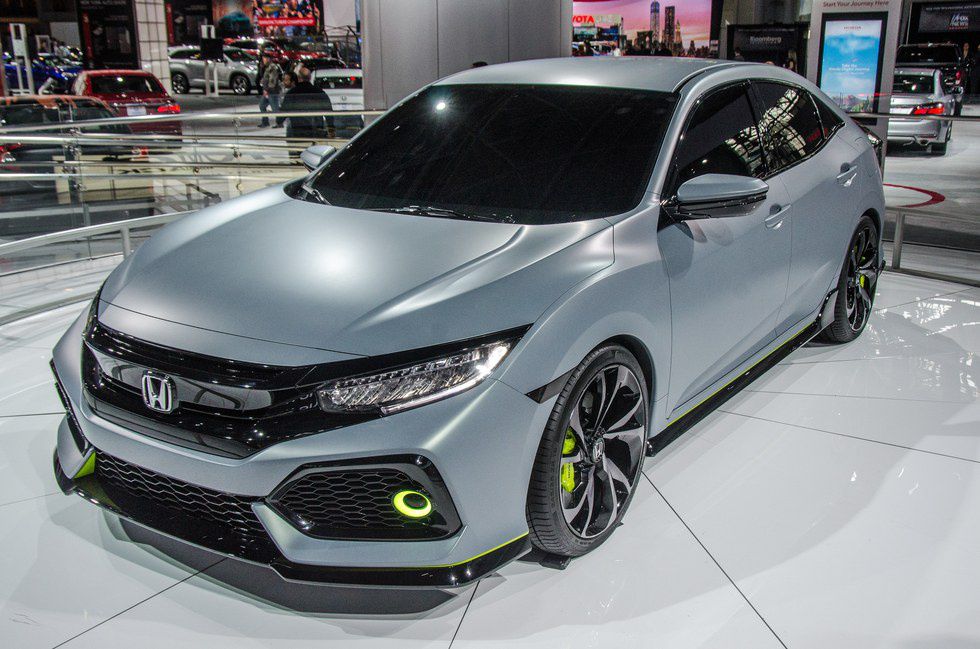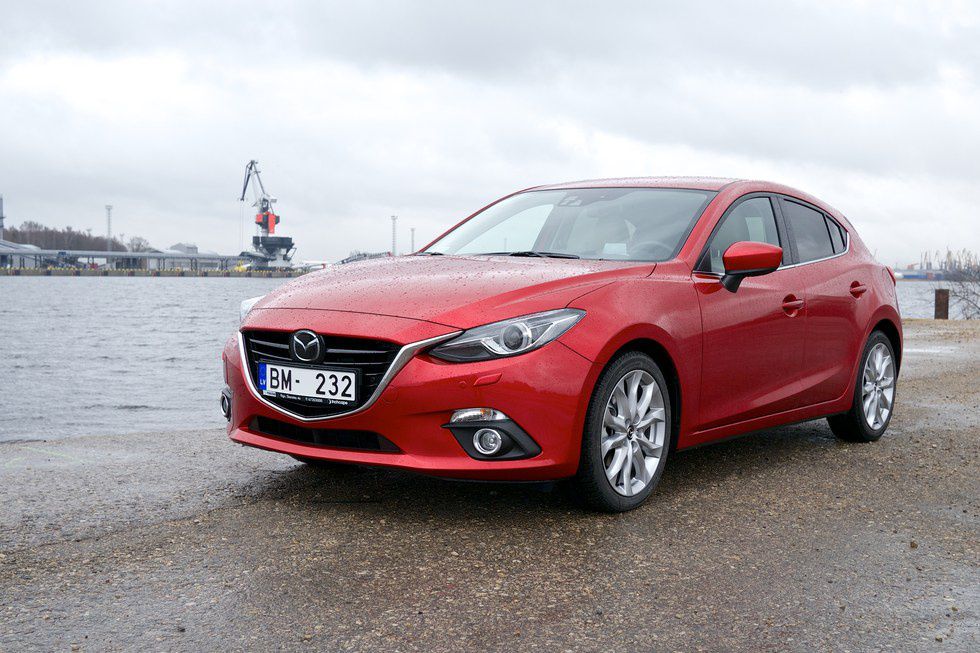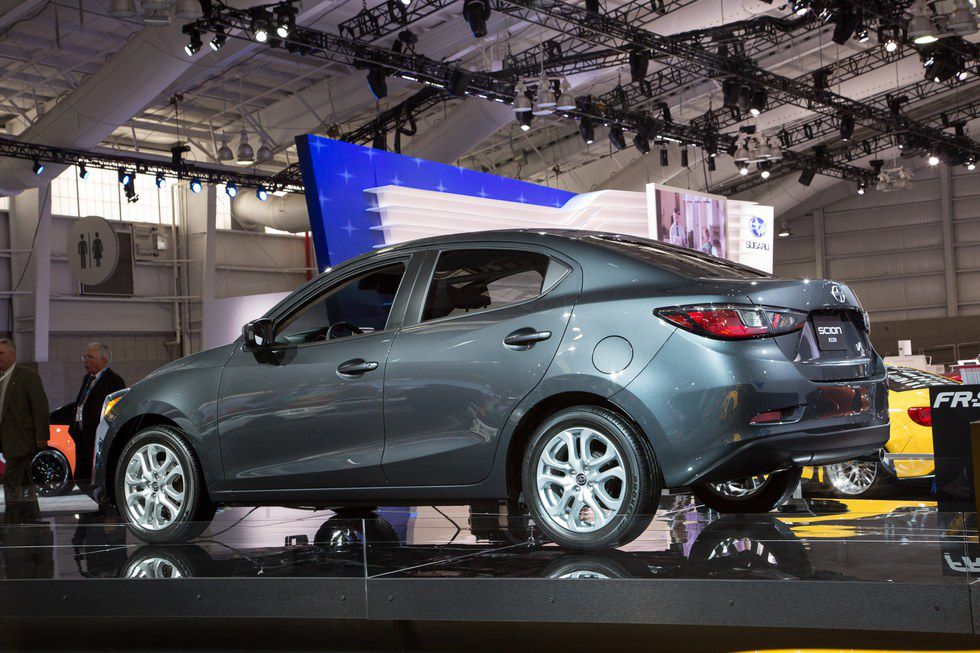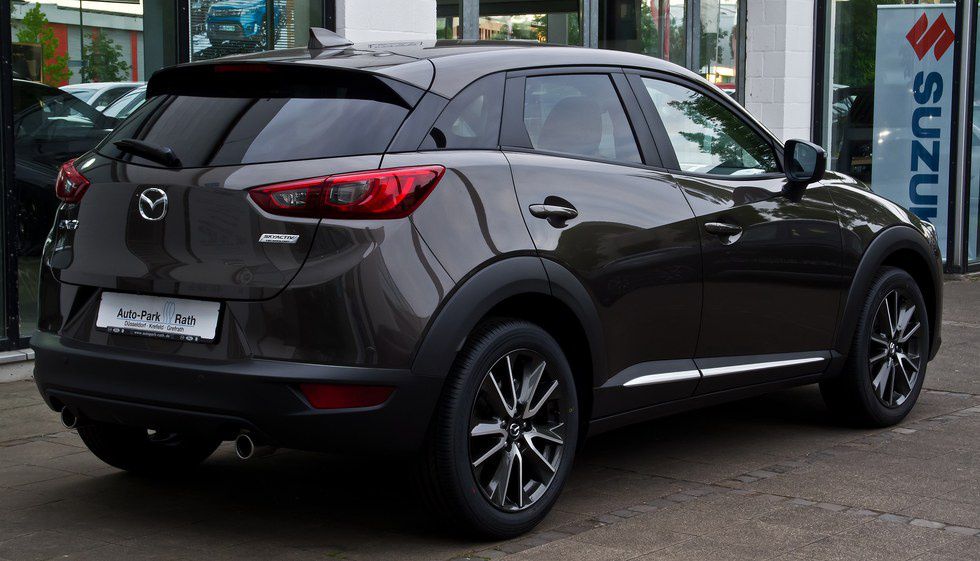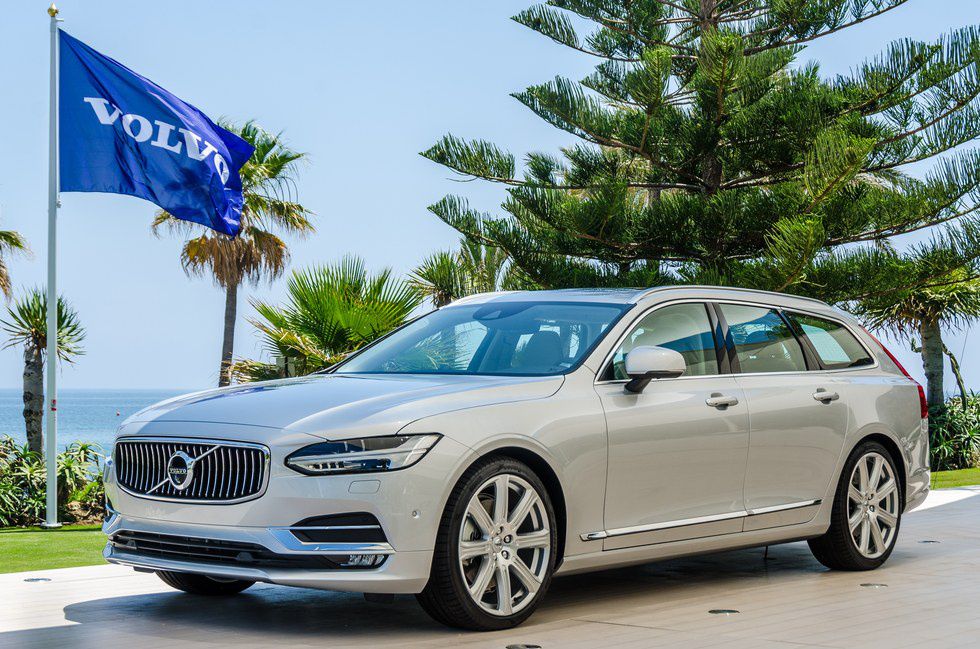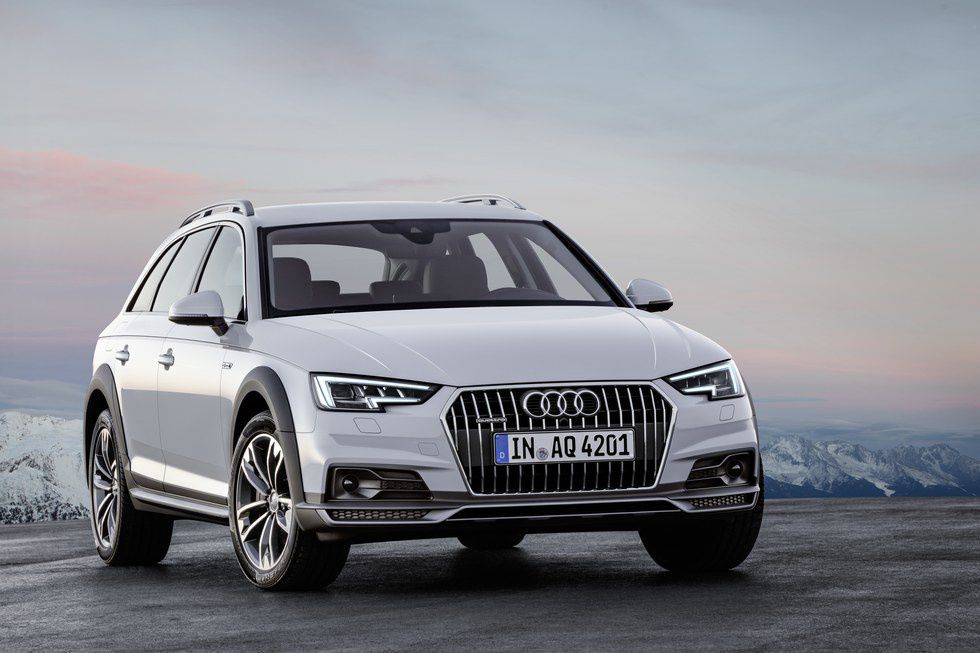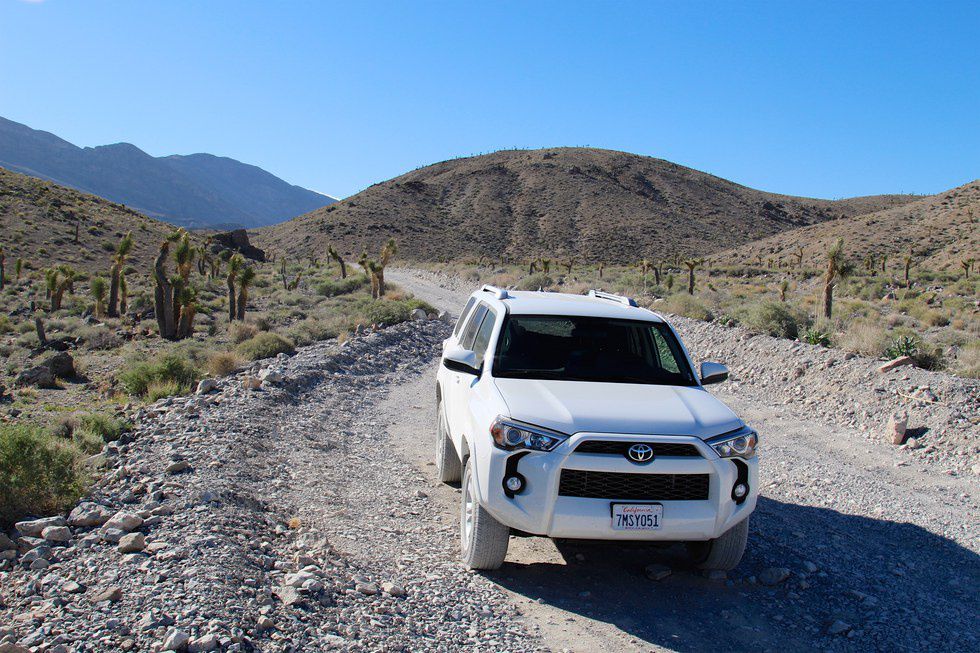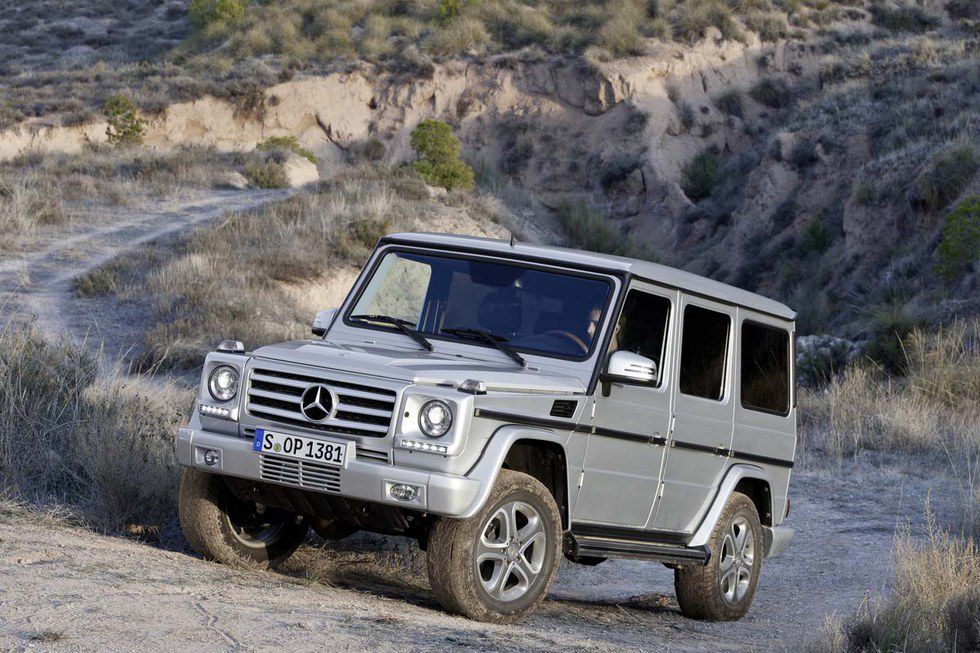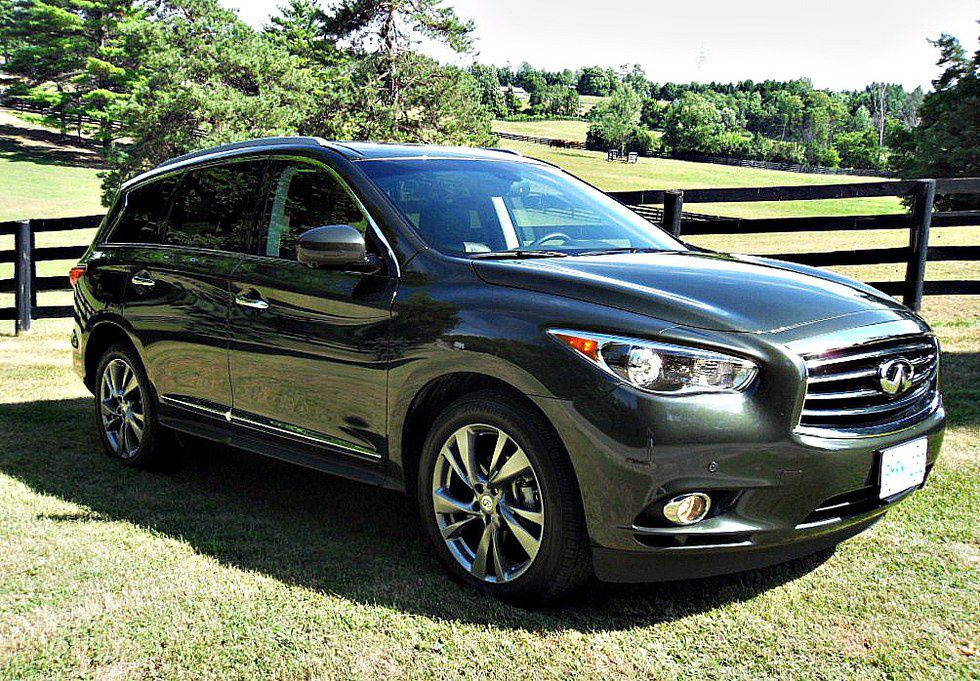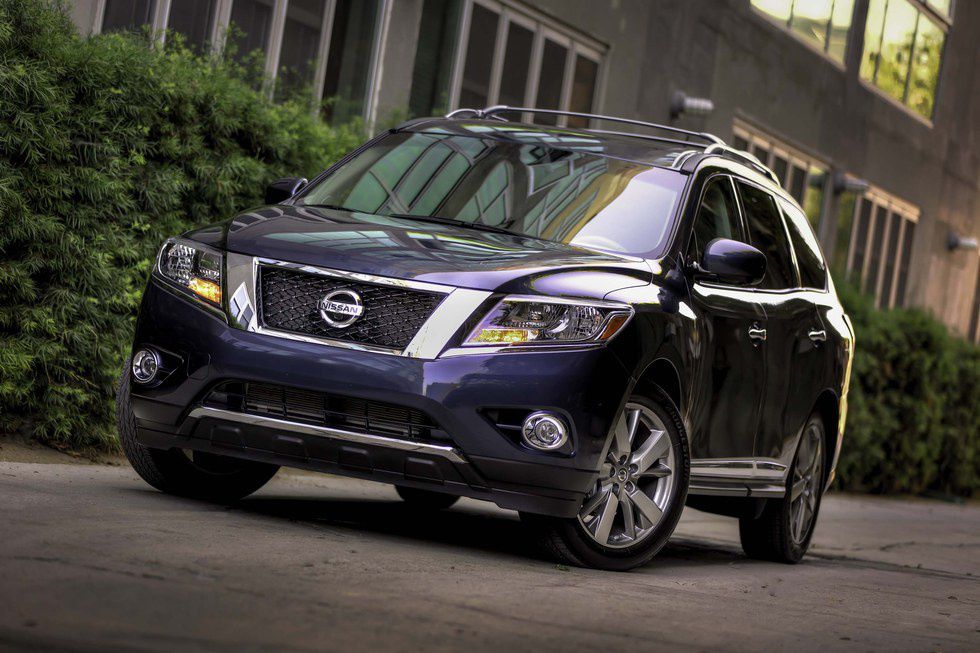Car comparisons, when done right, are some of the most entertaining segments of any car show. Top Gear is known for making them bombastic, Fifth Gear is known for its analytical style, Everyday Driver takes a shamelessly honest approach and Motor Trend's Head2Head mixes all of these attitudes together. Despite all of the variety, there are some of us who are lust for more. Here are nine great comparisons that need to be covered immediately.
1. Audi TTS vs. VW Golf R
At first, it's easy to think that these cars don't really compete, so why compare them? Well, one of them is comes from a luxury brand and the other not so much, but they are both technically hot-hatches, and more importantly, they are both built on the same platform. This would seem to imply that they would be incredibly similar, and to an extent, that is correct. Keep in mind, however, that the VW Group did not choose to cut corners by heavily badge engineering these cars. Just like how a honey crisp apple is incredibly different from a red delicious, both the TTS and the Golf R are quite different. It would be fascinating to see the differences between Volkswagen's and Audi's use of the MQB platform in these hot models.
2. Volvo XC90 T8 vs. Tesla Model X
Volvo has recently begun to shake the iron box, also-ran-in-the-luxury-market, mom's wagon reputation. Their XC90 T8 is full of impressive technology. To start, this plug-in hybrid SUV includes a turbo, as well as supercharged four cylinder engine that works with an electric motor to produce a combined four hundred horse power. How does this compete with Tesla? Well, just like Tesla, Volvo is also pioneering incredible safety and autonomous technologies. The car is also meant to carry seven people in comfort, with great efficiency and power, much like the Model X.
3. Porsche Panamera E-Hybrid vs. Tesla Model S
This combination is actually quite obvious and hasn't gotten much attention at all. Both of these cars are technically executive sedans that put performance high on the priority list. Both brand names carry quite a bit of weight, but for very different reasons. Porsche knows Tesla's potential in the higher ends of the market, and their Panamera E-Hybrid is perhaps their first production response to the Model S.
4. Mini Cooper Clubman R55 vs. Mini Cooper Clubman F54
Recently, the Mini brand has been venturing from fun sized to king size, but this isn't necessarily a bad thing. BMW is trying to make the brand a more premium and usable hatchback for families. No longer does a Mini need to be a weekend car. However, has the brand's recent upsizing trend ruined its athletic aesthetic? Comparing the current generation F54 Clubman with the old generation R55 model head to head would be an excellent way to find out.
5. Honda Civic Hatch vs. Mazda 3 Hatch
Recently, Honda decided to bring the Civic back up to a sportier standard, thanks largely in part to Mazda's efforts with their own lineup. Perhaps more monumental, for the first time in several years, America is getting the more practical variant of the Civic: a hatchback. The Mazda 3 has a hatchback version as well. Even though both of these cars have been compared in sedan form, the enthusiast community largely leans towards hatchbacks and wagons. Time to see who will take the crown for the most entertaining and practical commuter car.
6. Toyota iM (Mazda 2) vs. Mazda CX-3
The American market is flooded with "crossovers". Most of these models are really just hatchbacks or wagons pretending to be SUVs with a factory lift kit and plastic body cladding. Take the Mazda 2, also known as the Toyota Yaris iA, and its lifted twin, the CX-3. Mazda is known for its sporty yet affordable lineup, and most automotive journalists hate crossover variants for various reasons. This comparison would be the perfect and most direct way to see why.
7. Volvo V90 Cross Country vs. Audi A4 Allroad Quattro
Although many manufactures can't seem to figure out the best way to sell wagons in the US, a few are brave enough to continually offer them here. Much like the Subaru Outback, Audi and Volvo have given their wagons a semi-off road treatment. With a higher ride height and some plastic body cladding, these somewhat confused people haulers need to be compared. Both Audi and Volvo strive for safety, comfort and traction at any speed, making this the perfect way to determine the best European family vehicle. It might even be good to take them off the beaten path to test the minor offroad capabilities that their names imply.
Disclosure: At the time of writing, the 2017 Volvo V90 Cross Country hasn't been released for sale yet, but I hope YouTube gets flooded with this comparison as soon as the public can get their hands on it.
8. Toyota 4runner vs. Mercedes G-Class
At first, this comparison seems rather random - why compare a Toyota to a Mercedes? The answer is simple: at their core, they are true off roading machines. With strong, workhorse pedigrees that are undisturbed by the move towards unibody platforms, the G-Class, or G Wagon, and the 4Runner are extremely capable SUVs. Putting these increasingly rare ladder framed trucks to the test would be incredibly fascinating to watch.
9. Infiniti QX60 vs. Nissan Pathfinder
Although this is another badge engineering example, comparing a Nissan with its Infiniti variant puts the status symbol mentality to the test. A fully loaded Nissan Pathfinder costs almost the same as a base QX60 - its Infiniti twin. Are the plush improvements made by the luxury arm worth the extra cost with less features, or is an very similar fully loaded model from the less prestigious brand the way to go?




